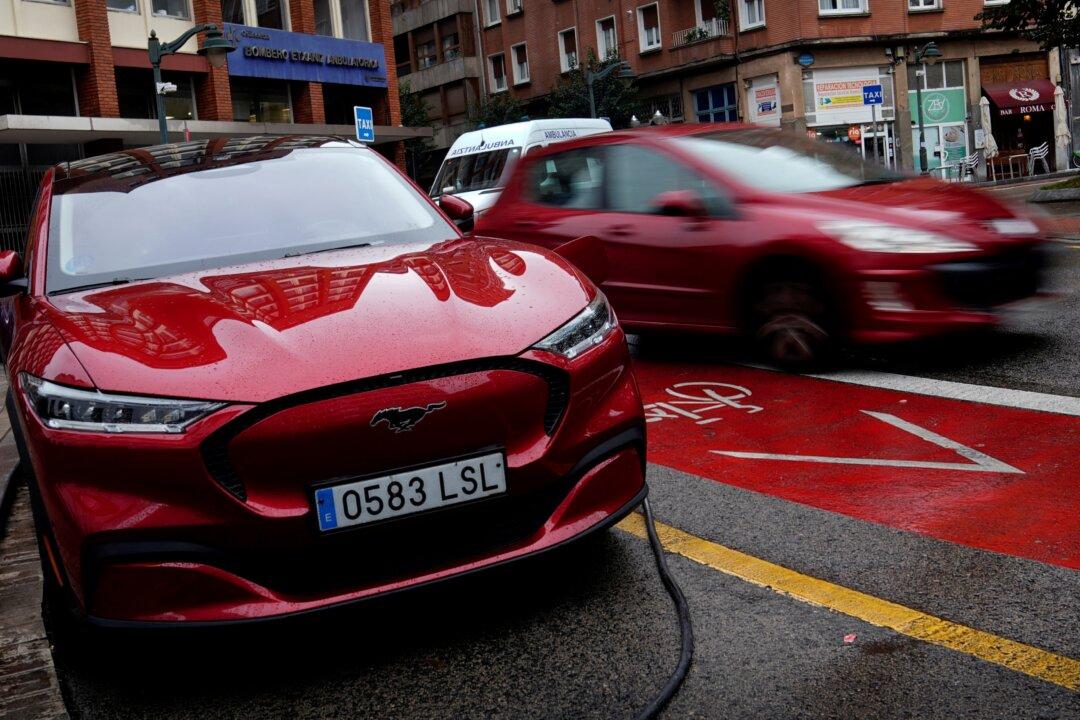WASHINGTON—U.S. retail sales fell more than expected in March as consumers cut back on purchases of motor vehicles and other big ticket items, suggesting that the economy was losing steam at the end of the first quarter because of higher interest rates.
Retail sales dropped 1.0 percent last month, the Commerce Department said on Friday. Data for February was revised up to show retail sales falling 0.2 percent instead of 0.4 percent as previously reported. Economists polled by Reuters had forecast sales slipping 0.4 percent, with estimates ranging from a 0.3 percent gain to a 1.5 percent decline.Retail sales are mostly goods, which are typically bought on credit, and are not adjusted for inflation. The second straight monthly decrease followed a sharp surge in January.
Economists said shifts in spending patterns at the end and start of the year as well as higher prices had made it harder to get a clear read of the data.
There is no consensus that a tightening in credit conditions in March following the failure of two regional banks had impacted retail sales, though data from Citi Credit Cards showed a decline in retail spending during the month.
The pullback in retail sales is mostly attributed to the Federal Reserve’s year-long interest rate hiking campaign, which is slowing inflation by cooling domestic demand. Reports last week showed employment growth and services sector activity slowing in March, while manufacturing continued to slump.
Still, the economy is not slowing fast enough to prevent the U.S. central bank from raising rates one more time in May, before an anticipated pause in June in the Fed’s fastest monetary policy tightening cycle since the 1980s. The Fed has hiked its policy rate by 475 basis points since last March from the near-zero level to the current 4.75 percent–5.00 percent range.
Excluding automobiles, gasoline, building materials, and food services, retail sales slipped 0.3 percent last month. These so-called core retail sales increased by an unrevised 0.5 percent in February.
Core retail sales correspond most closely with the consumer spending component of gross domestic product. Despite March’s fall, the gains in January and February firmly put consumer spending on track to accelerate in the first quarter.
Consumer spending, which accounts for more than two-thirds of U.S. economic activity, grew at its slowest pace in 2–1/2 years in the fourth quarter. Economic growth estimates for the first quarter are mostly below a 2 percent annualized rate. The economy expanded at a 2.6 percent pace in the October-December quarter.





